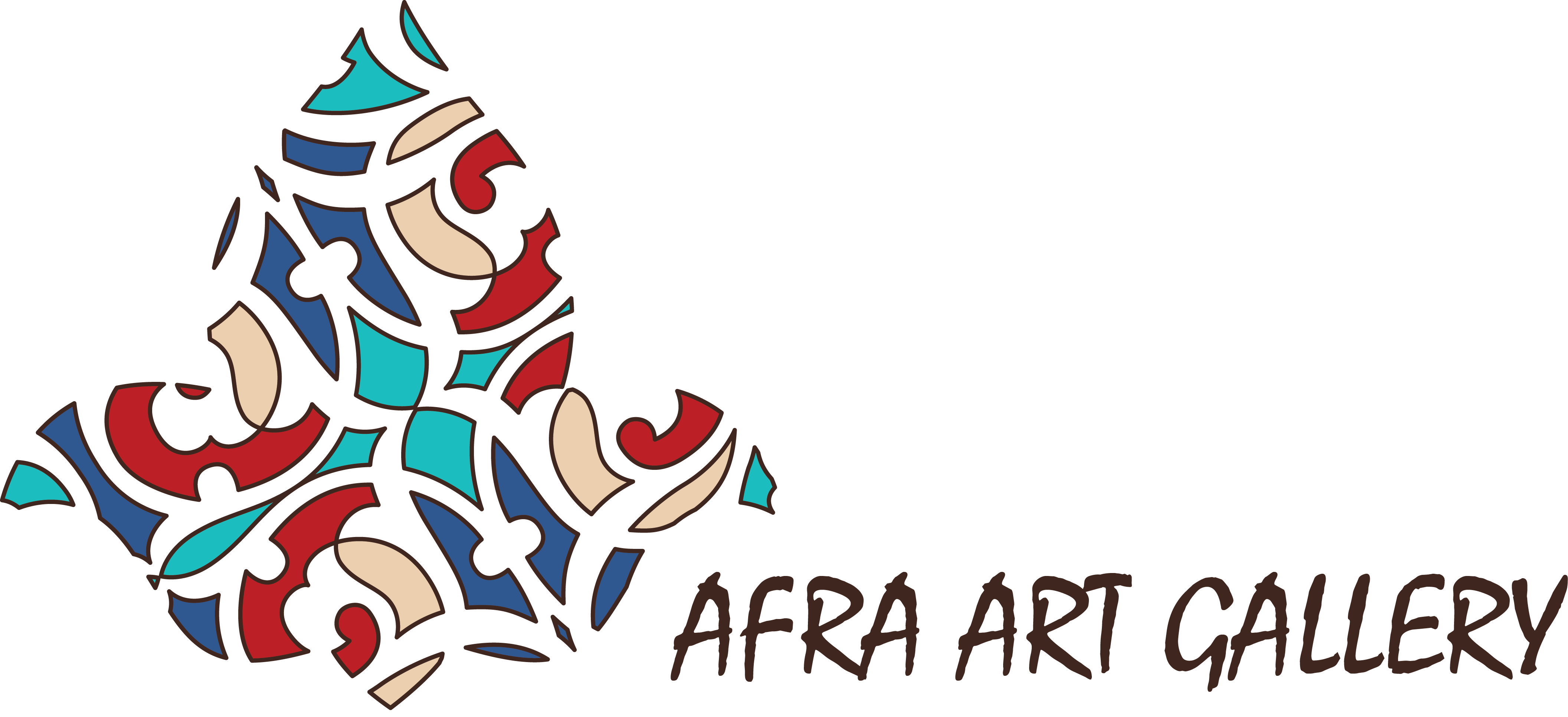
Persian Embroidery Motifs

Have you ever encountered one of those breathtaking Persian embroideries? Did you know that this delicate and fascinating art is steeped in history? You might have noticed the repeated patterns that embellish textiles and nowadays, jewelry. Like Van Gogh’s dynamic patterns and Monet’s waterlilies, these designs too, or as it is technically called, motifs, have a lot to say.
Now if you like to become more acquainted with this section of Persian art history, make sure you read this article.
Iranian Embroidery Symbols and the Speechless Spectators
Check out what Marco Polo once said about Persian embroidery:
“The ladies of the country and their daughters also produce exquisite needlework in the embroidery of silk stuff in different colors, with figures of beasts and birds, trees and flowers, and a variety of other patterns. They work hangings for the use of noblemen so deftly that they are marvels to see, as well as cushions, pillows, quilts, and all sorts of things.”
He was not the only one to be amazed by such artifacts. In fact, during the past centuries, Persian embroidery that thrived during the Sassanid and Safavid dynasties has determinedly influenced this art across many countries.
Now, this quote says a lot about the dominant motifs of Persian embroidery and textiles. There are four different categories as regards the ornamental motifs in Persian embroidery and Marco Polo’s keen observation sums it up pretty well!
Let’s discover them together!

- Beasts and Birds: Inspired by the Natural World
The most ancient needlecraft is a saddle pad belonging to the Pazyryk. Historians believe that the beautiful stitches, that show men riding horses, were done in Persia. Such images were frequently found on Persian textiles and each area, following its inhabitants’ beliefs and customs, sewed a unique set of animals, birds, or their body parts. Interesting, isn’t it? In Baluchistan, for instance, patterns that resembled fish’s eye or bird’s feet were prevalent.

Boteh-Jegh in Patteh- Kerman Musume of Patteh.Photo credit:Parseecraft.com
- Stylized Floral Patterns
There exist lots and lots of stylized patterns in Persian art. However, whenever somebody speaks of Persian textile art and embroidery, the image that immediately comes to mind is that of Paisley (or as Persians call it, Boteh Jehgeh). This motif opens a window to an endless garden of trees, flowers, and leaves. Speaking of trees, another ancient motif is that of “the tree of life” that tells the story of creation and how everything is connected in the vast universe. Such designs either cover the whole surface of the fabric or were sewed on the borders of clothes, shawls, linens, and tablecloths. The mesmerizing labyrinth that these designs make has never lost its splendor and is identified as one of the most consistent trends since ancient times!

Sample of geometric pattern in Persian Embroidery in Baluchestan (South of Iran)
- Geometric Patterns
Just like Persian carpets, varied geometric shapes are also to be found on embroidered textiles. These consist of arabesques, diamonds, parallel lines with stitches similar to herringbone, and many others. The post-Islamic era is the time at which most of these designs were introduced. The influence of Islamic art effectively established the use of knotty and intricate geometric patterns in Persian art and fashion.

Sample of Integrative motifs in Persian embroidery
- Integrative Designs
Mythical creatures, fairy-tales, and even the artistic figures born from the matchless imagination of the artists who were sewing the work comprise other recurring motifs in Persian embroidery. Legendary creatures include Simurgh (the bird of benevolence), Azhdaha (dragon), and a winged lion. However, what has caught the attention of many scholars as well as admirers of Persian embroidery is the fact that some artists used to work out subjective and personal figures: excitingly, such subjective creations were the manifestation of the embroiderer’s dreams, wishes, and fantasies. What is more, they sometimes worked out a portrait of their beloved in their embroideries.
What might sound surprising is that in some cases, handmade tribal needlecrafts that lack symmetry, or, have irregular patterns are considered to be more precious. This is so because connoisseurs believe that the artist has improvised the shapes and the work of art is the outcome of a completely creative process.

Del Banda; one of the Persian embroidery patterns used in Balochistan means sweetheart. Photo credit: Iranantiq.com
The Renaissance of Persian Embroidery
Nowadays, the use of this stunning art is not only limited to clothes and textiles. Now that more than ever the designs and delicacy of this art are appreciated, other areas of fashion and home decoration are showing increasing interest in needlecrafts. Plus, embroidered jewelry is becoming more and more popular.
Inspired by ancient Iranian motifs and at the same time being genuinely creative, modern artists are revitalizing the fine and historical art of Persian embroidery.
|
Persian Embroidery Earrings,you can see more from this collection in Afra Art Galery. |





Leave a comment
This site is protected by hCaptcha and the hCaptcha Privacy Policy and Terms of Service apply.